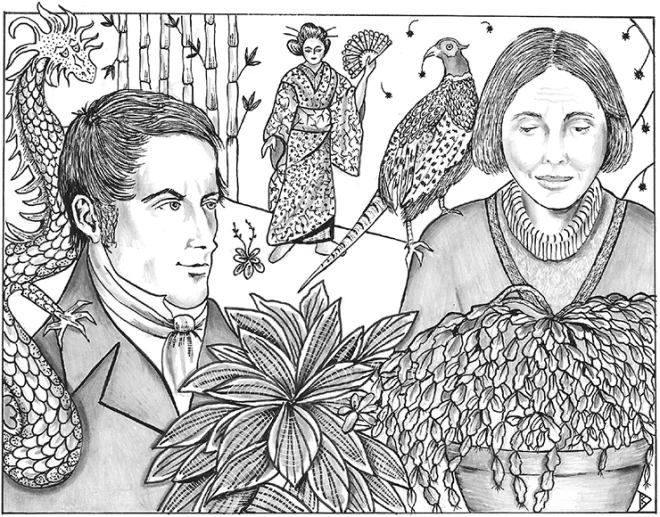By the time you read this, we will (God willing) be back in our house, after over nine months (nine months!) in a hotel while damages from a house fire were being repaired.
In many ways I’ll be sorry to leave our room at 110 Pheasant Run. I love the people here—they’ve become like family. Our towels are picked up and many of our meals are provided. The dog loves everybody and even seems to enjoy walks around the—to me—sterile landscape that surrounds us. Of course she can smell things I cannot see. All I notice is the monoculture grass with absolutely no weeds and the plants pushing out of piles of dyed black mulch. There are some birds, yes, but if ever there was a pheasant running around here, it must’ve been long ago.
Odd, isn’t it, our nostalgic tendency to name places after what is no longer there. I can remember a magnificent buttonwood, or sycamore, tree not far from us. It must have been hundreds of years old. One day when I passed, it had been felled and where it had reigned, a raw pond was being dug. Next to the pond was a gilt-edged sign announcing “Buttonwood Farms,” a new, very fancy residential development (farming what exactly?). I wrote to the local paper asking if all nature around us was to be replaced by golden signs and learned that the developer—to give him credit—promised to plant new buttonwoods around the pond. That was years ago. Those buttonwoods have grown somewhat, and children fish in the pond. But the trees are still nowhere near the venerable giant they replaced—a tree that happened to be in the wrong place at the wrong time, even though it was here generations before our much-espoused “progress.”

Pheasant Run surrounds the industrial development where our hotel is situated. When first I came to the USA in the 1970s, there were still pheasants around. So perhaps there may still have been the odd one or two running here when the road was made. They’d be massacred immediately by cars and trucks if they were here now. In fact, there aren’t many pheasants around here any longer—even in the country—probably because foxes, once seldom seen, have become common. Actually, pheasants aren’t native to America but came from Phasis in (Eurasian) Georgia. Henry VIII first reared them in Britain, replacing falconry with game-chasing (as pheasants are too heavy for hunting birds to carry).
Other nature-named places around us include “Swan Place,” which isn’t even near water, and “Fawn Hollow,” which doesn’t need to be nostalgic: There is no shortage of deer here in Bucks County, PA, the leading area for Lyme disease in the country.
Names and their memories are too big a subject to explore much here, but they are certainly common in the plant world. I often think about Philippe von Siebold, a German doctor who explored Japan in the early 19th century. At the time, Japan jealously guarded its natural resources from foreigners, allowing botanists to live only on a man-made island called Deshima in the harbor of Nagasaki. Only Dutch botanists were allowed, but Siebold, who spoke Dutch, explained his heavy German accent by saying he came from a remote village in Holland (did the Japanese authorities possibly picture a mountain village in this below-sea-level country?).
I’ve reached an age when many of my contemporaries are having cataract surgery, and I love to tell them how Siebold managed to travel through mainland Japan removing cataracts—yes, in the 19th century—and taking native plants as payment. It was he who introduced hostas to Europe, and, indeed, some carry his name. So cataract-surgery gardeners who grow hostas have a double reason for remembering this forgotten man. I suppose such gardener-patients could offer their surgeons rare plants as payment?
So many forgotten persons are commemorated in the names of plants. When I return home, I’ll find my Christmas cactus on the porch where it was shoved when the house was cleared for restoration. Its botanical name is Schlumbergera bridgesii, after two nineteenth-century botanists who explored South America. In spite of the “free Internet” offered by our lovely hotel, I have been able to discover very little about these men (how I miss my home library!), only that Thomas Bridges brought seed of the huge Amazon water lily to Europe and that he probably died of typhoid fever.
But it’s not a bad legacy to live only in a Christmas flower. I think my Christmas cactus will bloom this year in spite of its smoky experience. It’s about the only houseplant that survived the fire, and when it blooms it will, for me, be a symbol of endurance, of hope and rebirth.
A joyous part of Christmas. ❖


 Previous
Previous

